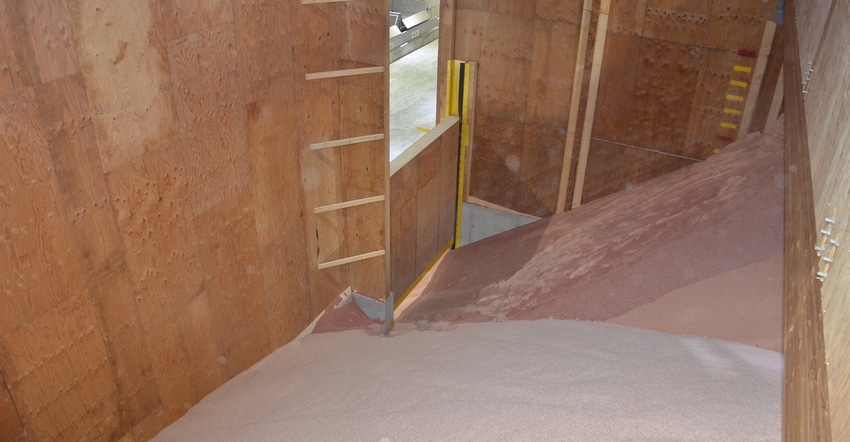
Nutrient management plans don’t have to be complicated. Matt Clover breaks it down into four easy steps.
“It starts with setting a yield goal,” says Clover, an agronomist with Iowa-based Pioneer who specializes in soil fertility management. “The other three important blocks are factoring in crop removal, understanding soil test results and recommendations and then generating a fertilizer strategy with fertilizer rates.”
Here is a closer look at these four key steps.
4 steps
1. Yield goal. Do you want to maintain yields or raise them? The first step is to nail down realistic yield goals for your farm and soils, Clover says. Without goals, it’s difficult to estimate crop removal or know how much fertilizer to apply. You get to make your own decisions, starting with determining yield goals.
2. Crop removal. Each bushel of corn removes about 0.35 bushels of phosphate, P2O5, and 0.20 pound of potassium as K2O per acre, Clover notes. A 150 to 250 bushel per acre corn crop yield range will remove 53 to 88 pounds of P2O5 and 30 to 50 pounds of K2O per acre. That’s why it’s critical to zero in on yield goals, he says.
Likewise, a soybean crop removes about 0.8 pound of P2O5 and 1.15 pounds of K2O per acre. “A 70-bushel soybean crop takes off about 80 pounds of potash per acre,” he says. “Soybeans are heavy feeders of potassium.”
Total uptake for a 230 bushel per acre crop calculates out to about 101 pounds of P2O5 and 180 pounds per acre of K2O. About 80% of the phosphorus leaves in your truck. About 59 pounds per acre of K2O leaves. The rest begins returning to the soil rather quickly as leaves and stalks begin deteriorating after harvest.
3. Soil test results. The 1:1 water pH listed on any soil test lab report indicates actual soil pH, Clover says. The buffer pH is a better indication of how much lime to apply.
Colorimetric tests for inorganic phosphorus will be listed as the Bray P1 or Mehlich 3 result. More labs now use Mehlich 3 because it’s more efficient. Labs sometimes use the Olsen test on soils testing higher than 7.3 pH. Even if your lab now uses Mehlich 3 and previously used Bray P1, they can provide conversion values so you can compare current and past results.
4. Fertilizer rates and strategies. Ask whether your lab is using a “build and maintain” or “sufficiency” method to reach fertilizer recommendations. “Build and maintain” tends to add extra fertilizer for build-up. Once you know, you can make your own adjustments.
Part of your strategy is whether you broadcast or band nutrients like P and K, Clover says. Broadcasting is a cheaper method to apply large amounts of nutrients. On the flip side, soils may fix and tie up some P and K, especially K. Applying phosphate on sloping soils carries more risk of runoff.
Banding is more efficient, especially if you can place fertilizer in the ground, because it’s closer to where roots access it. If you elect to apply starter and band it, be careful how much you apply and how close to the row to avoid salt injury, Clover advises.
About the Author(s)
You May Also Like




